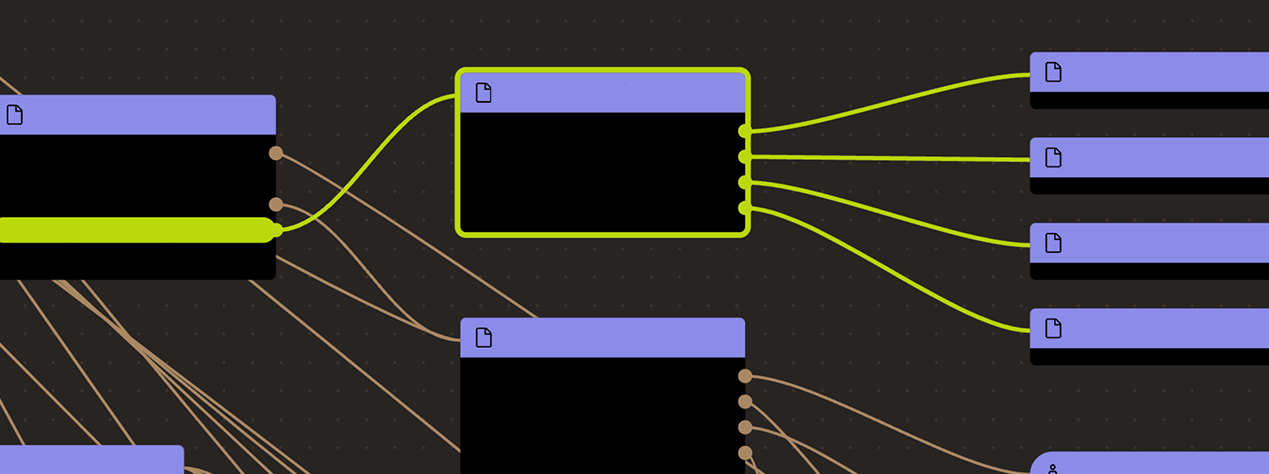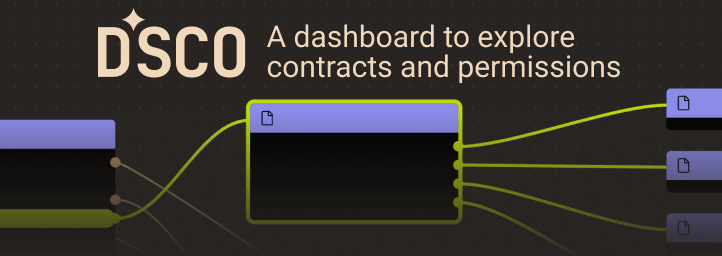Search
Search for projects by name
 Shibarium
Shibarium
Critical contracts can be upgraded by an EOA which could result in the loss of all funds.
Badges
About
Shibarium is an EVM-compatible, proof of stake sidechain for Ethereum. It is built by developers behind the Shiba Inu token ecosystem. The main bridge to Ethereum is currently validated by Shibarium validators and allows for asset as well as data movement... between Shibarium and Ethereum.
Badges
About
Shibarium is an EVM-compatible, proof of stake sidechain for Ethereum. It is built by developers behind the Shiba Inu token ecosystem. The main bridge to Ethereum is currently validated by Shibarium validators and allows for asset as well as data movement... between Shibarium and Ethereum.
Why is the project listed in others?
Consequence: projects without a proper proof system fully rely on single entities to safely update the state. A malicious proposer can finalize an invalid state, which can cause loss of funds.
Consequence: projects without a data availability bridge fully rely on single entities (the sequencer) to honestly rely available data roots on Ethereum. A malicious sequencer can collude with the proposer to finalize an unavailable state, which can cause loss of funds.
Learn more about the recategorisation here.
Shibarium bridge exploited
2025 Sep 12th
Keys of 10/12 Shibarium validators compromised - malicious chain root state used to steal funds.
Funds can be stolen if
- a contract receives a malicious code upgrade. There is no delay on code upgrades (CRITICAL),
- validators decide to mint more tokens than there are locked on Ethereum thus preventing some existing holders from being able to bring their funds back to Ethereum,
- validators submit a fraudulent checkpoint allowing themselves to withdraw all locked funds.
Users can be censored if
Users can submit transactions to an L1 queue, but can’t force them. The sequencers cannot selectively skip transactions but can stop processing the queue entirely. In other words, if the sequencers censor or are down, they are so for everyone.
Currently the system permits invalid state roots. More details in project overview.
Proof construction relies fully on data that is NOT published onchain. There exists a Data Availability Committee (DAC) with a threshold of 9/12 that is tasked with protecting and supplying the data.
There is no window for users to exit in case of an unwanted regular upgrade since contracts are instantly upgradable.
Only the whitelisted proposers can publish state roots on L1, so in the event of failure the withdrawals are frozen.
As a fork of Polygon PoS, state updates are settled if signed by at least 2/3+1 of the Shibarium validators stake, without checking whether the state transition is valid. The validator set is gated by a whitelist, which is not public.
Users can be censored if validators on Shibarium decide to not mint tokens after observing an event on Ethereum.
Funds can be stolen if validators decide to mint more tokens than there are locked on Ethereum thus preventing some existing holders from being able to bring their funds back to Ethereum.
Funds can be stolen if validators submit a fraudulent checkpoint allowing themselves to withdraw all locked funds.

Ethereum
Actors:
Main configuration contract to manage tokens, token types, escrows (predicates) for given token types. It also serves as an entry point for deposits and withdrawals effectively acting as a token router.
- Can interact with ERC1155Predicate
- move any tokens to or from the escrow
- Can interact with MintableERC721Predicate
- move any tokens to or from the escrow
- Can interact with ERC721Predicate
- move any tokens to or from the escrow
- Can interact with EtherPredicate
- move any tokens to or from the escrow
- Can upgrade with no delay
- ERC1155Predicate
- MintableERC721Predicate
- RootChainManager
- EventsHub
- StakeManager
- ERC20Predicate
- ERC721Predicate
- EtherPredicate
- Can interact with ERC1155Predicate
- assign any access control roles that can access the escrow
- Can interact with MintableERC721Predicate
- assign any access control roles that can access the escrow
- Can interact with StakeManagerExtension
- can update the validator registry address used to check whitelist inclusion
- Can interact with ValidatorRegistry
- can update the whitelist of validators
- Can interact with WithdrawalManager
- manage critical config values like the exit period and the blacklist
- Can interact with StakeManager
- can manage the validator blacklist and change other critical settings related to staking Governance
- can replace all validators and change the root chain address
- Can interact with ERC20Predicate
- assign any access control roles that can access the escrow
- Can interact with DepositManager
- can update the root chain it references
- Can interact with SlashingManager
- can update how much of the slashed funds go to the proposer and reporter
- Can interact with ERC721Predicate
- assign any access control roles that can access the escrow
- Can interact with EtherPredicate
- assign any access control roles that can access the escrow
- Can interact with RootChain
- can delete arbitrary checkpoints
- Can interact with ERC1155Predicate
- move any tokens to or from the escrow
- Can interact with MintableERC721Predicate
- move any tokens to or from the escrow
- Can interact with ERC20Predicate
- move any tokens to or from the escrow
- Can interact with ERC721Predicate
- move any tokens to or from the escrow
- Can interact with EtherPredicate
- move any tokens to or from the escrow

Ethereum
Smart contract allowing whitelisted addresses to send messages to contracts on the child chain.
Defines the whitelist of validators that can stake and therefore participate in the PoS consensus protocol.
- Roles:
- owner: EOA 1
Contract handling users’ withdrawal finalization for tokens escrowed in DepositManager. It has blacklisting support.
- Roles:
- owner: EOA 1
Main configuration contract to manage stakers and their voting power and validate checkpoint signatures. After the shibarium hack, this contract also includes a validator blacklist managed by Governance.
- Roles:
- admin: EOA 1
- governance: Governance; ultimately EOA 1
- owner: EOA 1
Simple contract that allows the owner to call an update function on arbitrary contracts.
- Roles:
- owner: EOA 1
Contract storing chain checkpoints. Note that validity of these checkpoints is not verified, it is assumed to be valid if signed by 2/3 of the validators.
- Roles:
- owner: EOA 1
- Roles:
- admin: EOA 1
- defaultAdmin: EOA 1
- managers: EOA 2, RootChainManager
- Roles:
- admin: EOA 1
- defaultAdmin: EOA 1
- managers: EOA 2, RootChainManager
- Roles:
- admin: EOA 1
Contains logging and getter functions about staking.
- Roles:
- admin: EOA 1
- defaultAdmin: EOA 1
- managers: EOA 2
- This contract can store any token.
NFTs used to represent a withdrawal in the withdrawal PriorityQueue (Only used for tokens initially deposited via DepositManager).
Contract to deposit and escrow ETH, ERC20 or ERC721 tokens.
- Roles:
- owner: EOA 1
- This contract can store any token.
Contract that allows the consensus supermajority to slash validators.
- Roles:
- owner: EOA 1
- Roles:
- admin: EOA 1
- defaultAdmin: EOA 1
- managers: EOA 2, RootChainManager
- Roles:
- admin: EOA 1
- defaultAdmin: EOA 1
- managers: EOA 2, RootChainManager
- This contract stores the following tokens: ETH.
Maintains the addresses of the contracts used in the system.
Value Secured is calculated based on these smart contracts and tokens:
The current deployment carries some associated risks:
Funds can be stolen if a contract receives a malicious code upgrade. There is no delay on code upgrades (CRITICAL).
